
A major shake-up is hitting the fast-food industry: one of the biggest Subway franchisees in California has filed for Chapter 11 bankruptcy protection. However, this isn’t just a local setback; it is a warning sign for the entire Subway brand.
The CGA Corporation, which is based in Montebello and is responsible for dozens of locations, is under severe pressure due to mounting costs and declining sales. As this major operator folds, the consequences could spread across the nation, sparking serious questions about Subway’s future and what this means for the rest of the fast-food sector.
Why It’s Happening
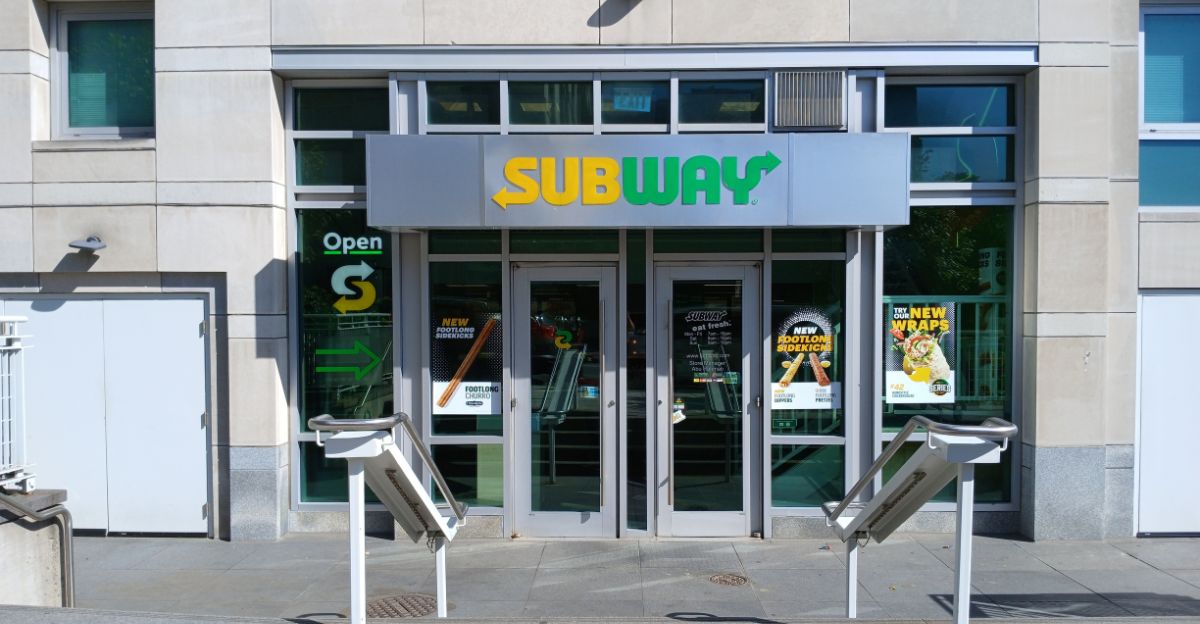
So, why is this happening? Subway’s California franchisee is under pressure due to soaring ingredient costs, ongoing labor shortages, and fierce competition from rival sandwich chains. On top of that, aggressive discounting, like the $5 footlong, has chipped away at profits for franchisees.
Consumer preferences have also been shifting toward fresher, premium choices, and many traditional Subway stores are struggling to keep up, leaving operators vulnerable to mounting financial pressures and, eventually, bankruptcy filings. According to Statista, Subway recorded a net decline of 631 stores in 2024. According to The Street, in 2024, the fast-food chain saw its biggest decrease in U.S. locations since 2021, when it experienced a net loss of 1,043 stores.
Franchisee Fallout
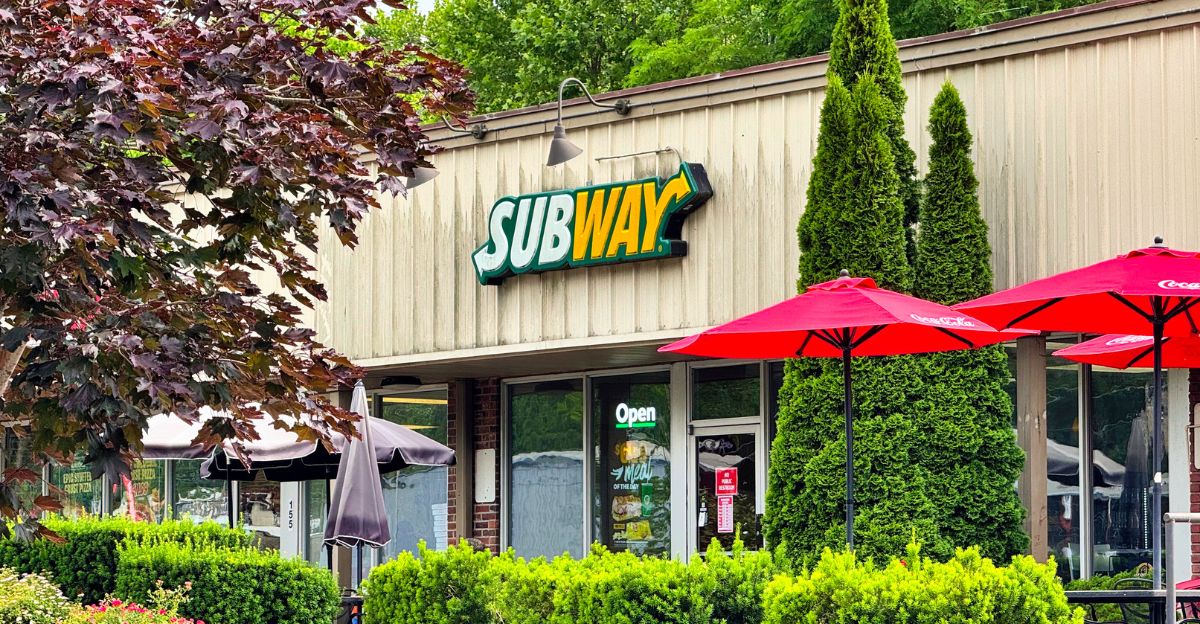
Devoted fans of this franchise can expect more Subway closures and operational cutbacks. In the last year, hundreds of stores across the U.S. have shut their doors for good, with many franchisees barely breaking even.
As margins shrink and costs soar, operators are forced to make tough decisions: either reduce staff, limit hours, or close up shop entirely, which is further accelerating the chain’s decline and changing local food options.
Menu and Quality Squeeze
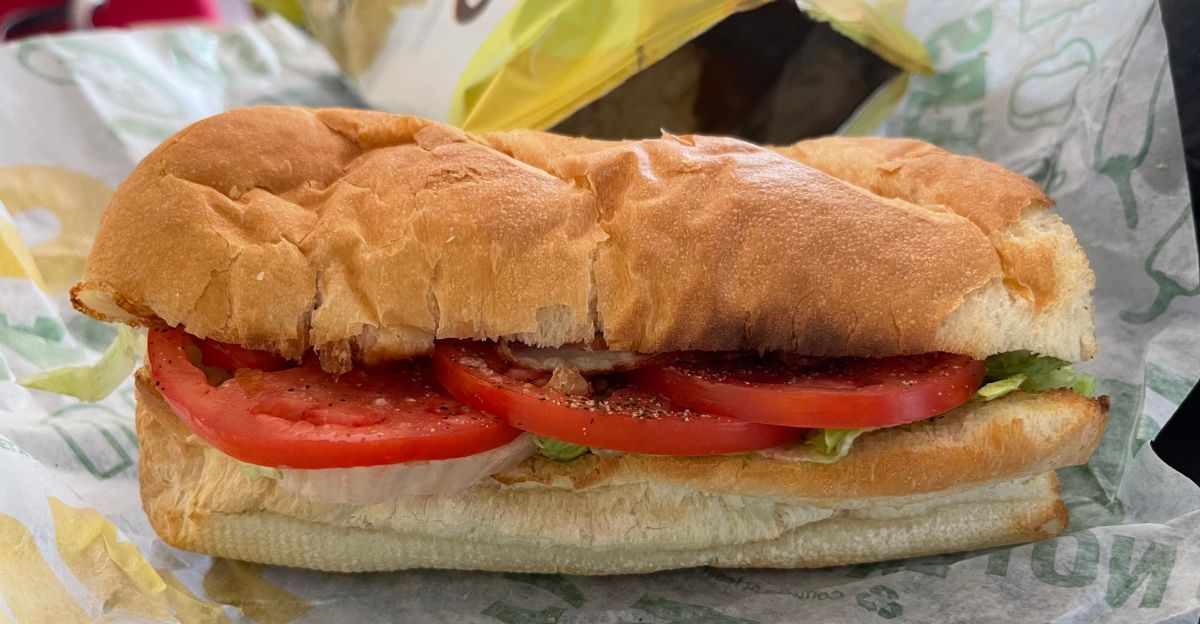
Franchisees are now making big changes to survive this crisis. Some are cutting back on their menus and slashing budgets, meaning some popular items might vanish, and quality might drop as operators look for ways to save money.
Discount promotions that once drew in large crowds now force difficult compromises, making it harder to uphold the standards that long-time customers expect. As a result, loyal fans might start looking for other places to eat.
Competitors Surge
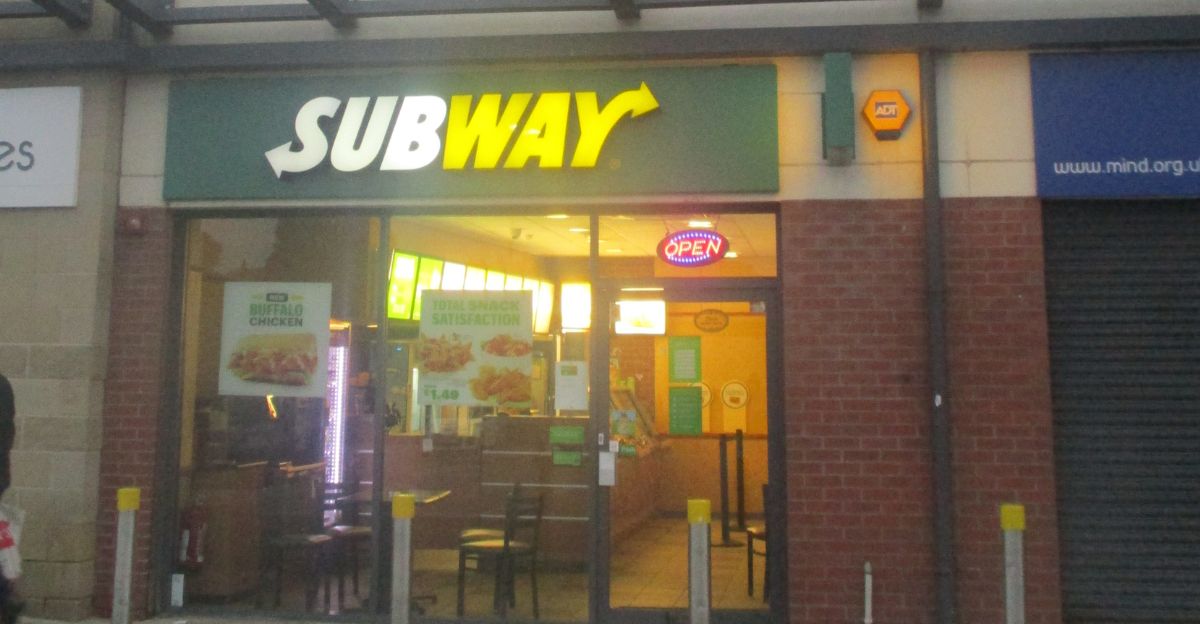
Subway’s challenges are now creating opportunities for some of its biggest competitors like Jersey Mike’s and Jimmy John’s. As Subway closes locations and its quality declines, these restaurants attract dissatisfied customers, expand their presence, and strengthen their brands.
This shift is changing the sandwich landscape and intensifying the fight for America’s lunch dollar.
Franchisee Tensions Boil Over

Franchise owners are also becoming more frustrated with the corporate leadership. Many blame Subway headquarters for flooding markets with too many locations, mandating expensive remodels, and enforcing unsustainable promotions.
This tension is now sparking lawsuits, public criticism, and more unrest in the Subway system, threatening the cohesion and stability of the entire franchise network.
Brand Trust Takes a Hit
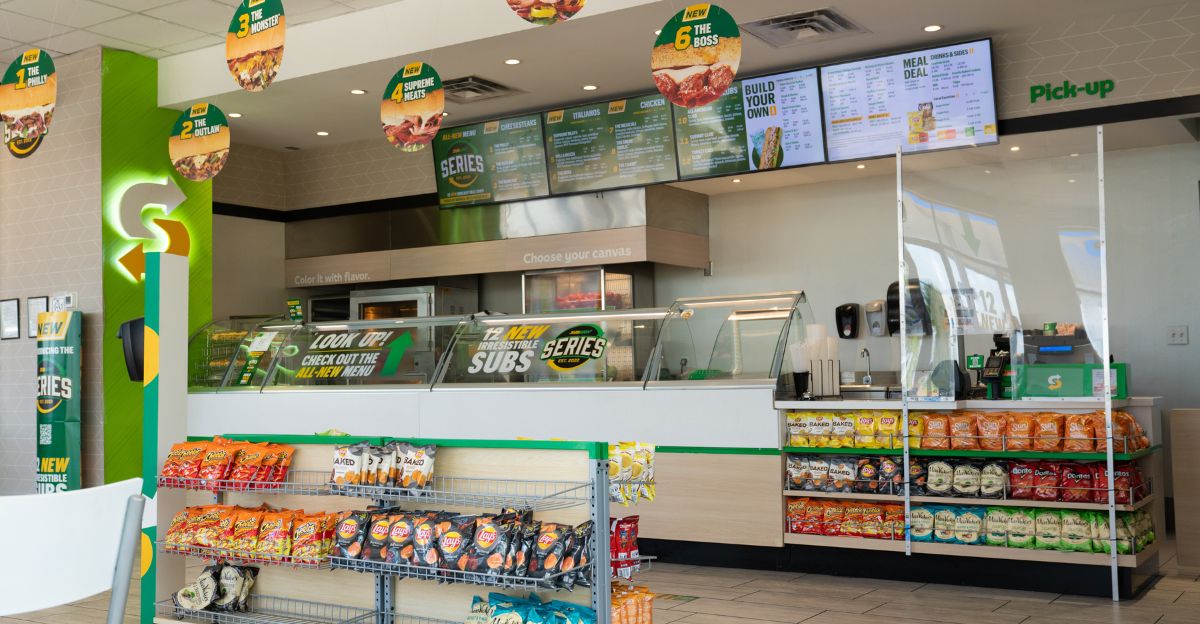
But that’s not all. A string of negative headlines, including ingredient scandals, lawsuits, and concerns about quality, has also weakened the public’s confidence in Subway.
As skepticism about what’s actually in their sandwiches increases, some loyal customers are starting to walk away. This damage to the brand’s reputation has added to its financial troubles, making it even harder for struggling franchisees to recover.
Corporate Crisis and Emergency Moves

The chain’s new owner, Roark Capital, is scrambling to respond to this situation. Apparently, emergency meetings are underway to stem losses and revive the brand.
The company is reconsidering its deep discounts and working on new strategies to support franchisees. However, there is still significant uncertainty about the chain’s future and long-term prospects.
What to Do Now
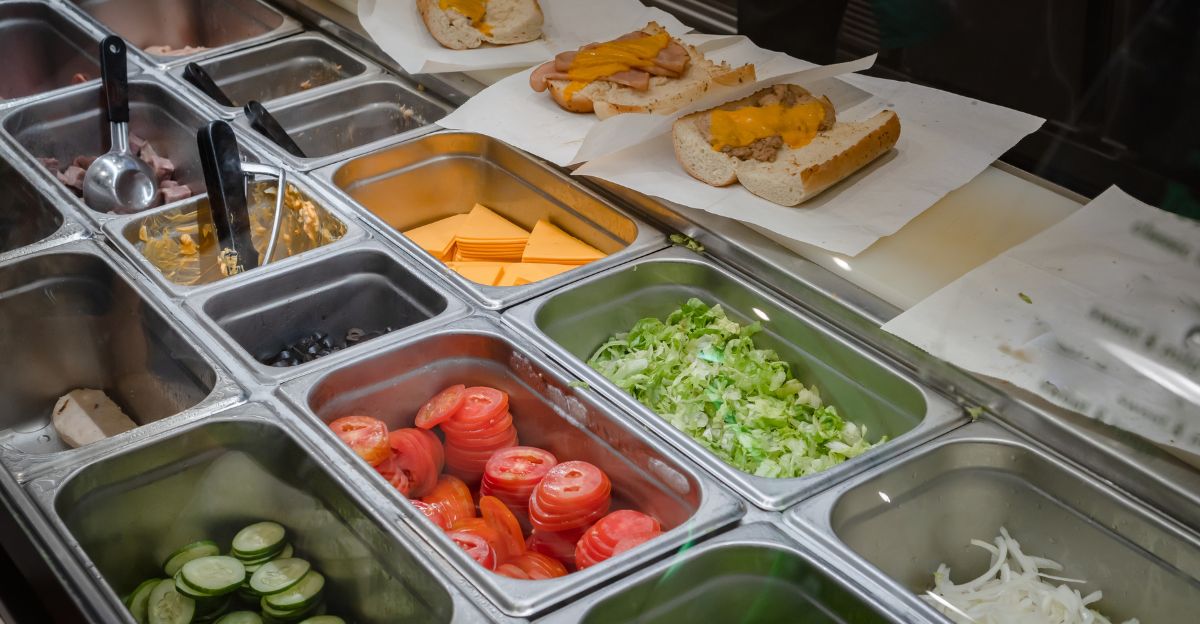
But what can you do now? If you’re a fan of Subway, you should prepare yourself for some changes. Soon, you might find fewer locations, higher prices, and possible menu cuts. Be on the lookout for local deals, but be mindful of shrinking portions or decreasing quality.
If your local Subway closes or its standards slip, you should consider alternative sandwich shops or fast-casual options.
A Warning
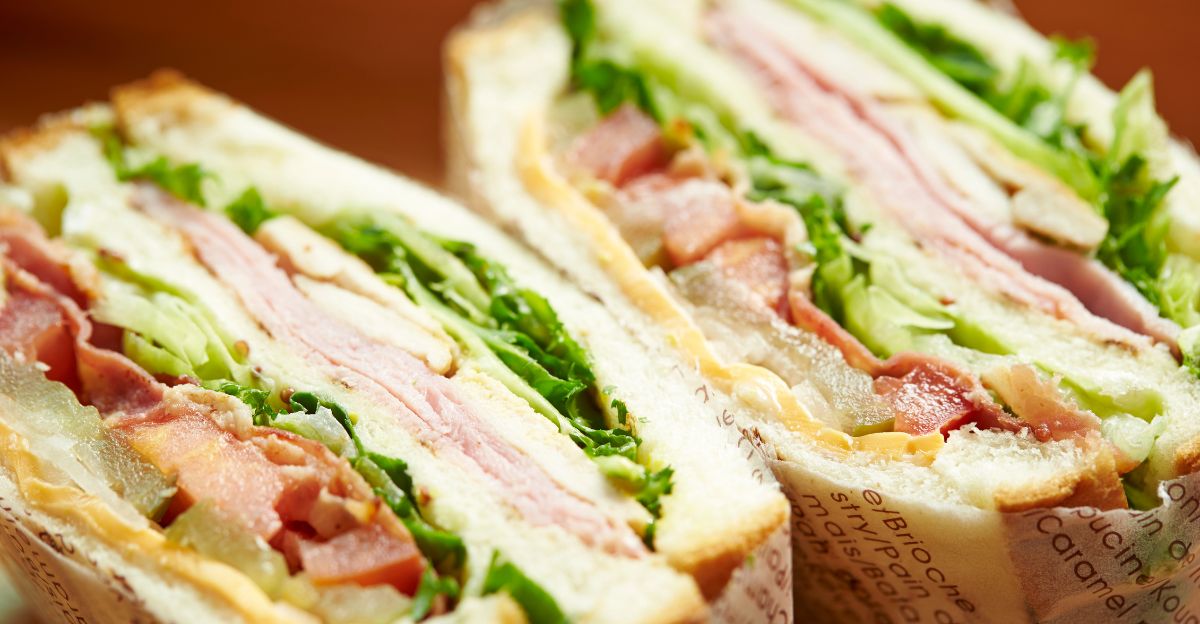
The bankruptcy of this significant California operator is not just a local story; it’s a warning for the entire fast food industry.
As the ripples of this situation spread, the fate of Subway and its franchisees will shape where, how, and what Americans eat in the future, signaling a massive change in the fast-food world.
